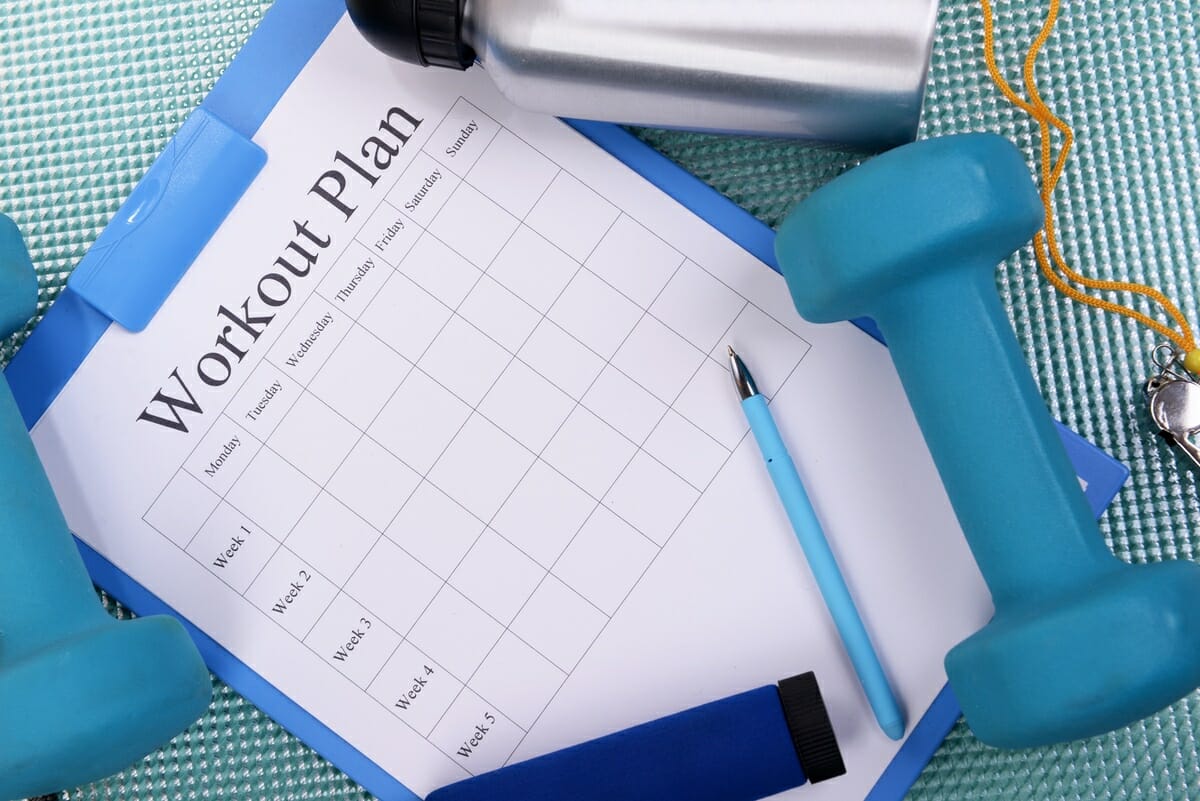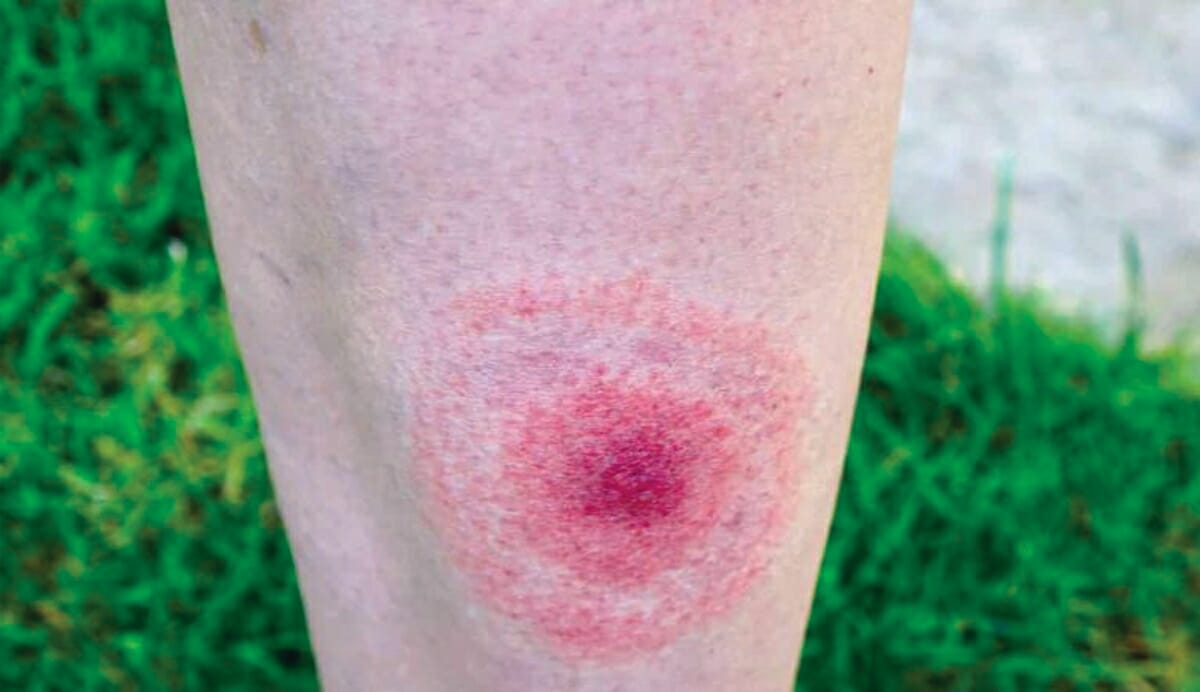Six Tips to Reach Your Goals
With everyone spending more time at home, a lot of people are making new exercise resolutions to try and stay in shape. But for many people, their resolve to get in shape is an on-going process of “well, maybe tomorrow.”
If you’re one of those with good intentions but poor follow through, there are ways to get back on track.
“Many of us resolve to exercise more, but as with making other resolutions, we don’t create habits that last, says Dr. Suhyun An (www.drsuhyunan.com).
Once people commit to staying on a fitness plan, it’s important not to push too hard, which could cause pain and injury. Some pain may be manageable, though, and there are ways to address it between workouts in order to stay on track”.
Here are six tips to help you stick with a workout plan as well as ways to prevent pain from sidelining you:
HOW TO STICK WITH IT
Create an action plan. If you’ve been a consistent couch potato, you might not want to set a goal to run a marathon in just a few weeks. So, create a sensible action plan that contains the steps you need to reach incremental goals, then bigger ones. Set small goals at first and celebrate your success along the way. This enables you to build confidence and look forward to working out, rather than dreading it and skipping it. Then, as you feel stronger, increase the duration and frequency of your workouts over time.
Create a support network. When you tell your family members, friends, and colleagues about your resolutions, you might find others who have set goals that align with yours. These are the people who can help hold you accountable and motivate you to succeed. You might also inspire others through your actions. If you find exercise partners, you’ll reap the benefits of positive social experiences and inspiration.
Make small adjustments that add up. Waking up 30 minutes early to tackle a workout is great, but what if that doesn’t fit within your busy day? Schedule your workouts like you would schedule meetings and commit to sticking with them. You can fit in mini workouts throughout your day. These may include walking up and down stairs, stretching or marching in place while you’re on the phone. Small changes lead to big results.
HOW TO ADDRESS THE PAIN
Massage. “From deep tissue work to more gentle techniques, massage can help you relax,” Dr. An says. “It’s therapeutic benefits include relaxing muscles and sore tissues as well as easing chronic pain.”
Physical therapy. You’ll learn how to gently and effectively move and stretch your muscles while working to strengthen your joints. Physical therapy can help the cause of your pain and may include exercises, stretching, or even water therapy that works your muscles in a pool.
Hot and cold therapy. Heat from a heating pad, a hot bath, or other source boosts blood flow and allows muscles to relax. Cold from ice or a cold pack slows circulation and reduces swelling, slowing the body’s ability to send pain messages.
“Don’t get discouraged,” Dr. An says. “We all have off days. It’s advisable to take days off from working out to rest or heal or if you’re not feeling well. You can emerge refreshed while reaffirming your commitment.”
About Dr. Suhyun An, DC, MSN, NP-C: Dr. Suhyun An (www.drsuhyunan.com) is the clinic director at Campbell Medical Group in Houston and an expert on regenerative medicine. She is co-author of Demystifying Stem Cells: A Real-Life Approach to Regenerative Medicine and travels the nation speaking on those topics. Dr. An received a BS in Biochemistry and Biophysical Science from the University of Houston, graduated cum laude from Parker College of Chiropractic, and got her master’s in nursing science from Samford University.
Exclusive content from CARE Magazine.









